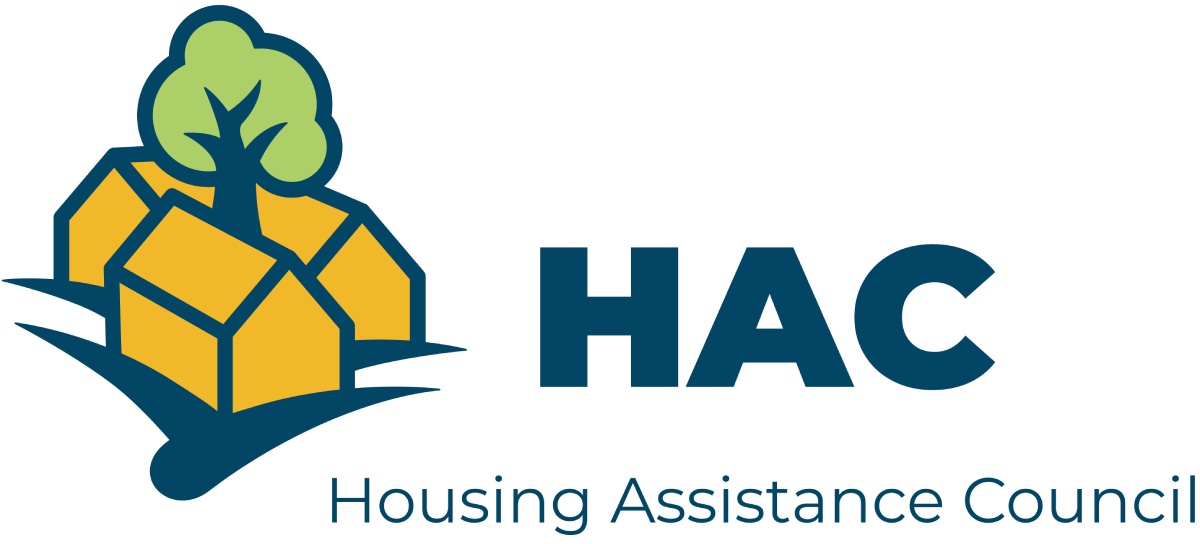UPDATED March 31, 2021, 6:00 pm – The Biden administration released a sweeping infrastructure proposal today that includes both housing and rural economic development. Titled “The American Jobs Plan,” the proposal includes a wide array of subjects.
Rural, tribal and underserved areas are mentioned repeatedly in the White House’s fact sheet summarizing the plan, including in the housing section. HAC supports the inclusion of increased rural housing resources in the infrastructure plan, especially around USDA multifamily preservation and capacity building.
HOUSING
Acknowledging the severe shortage of affordable housing options in the United States, the White House would invest $213 billion to produce, preserve and retrofit affordable homes, including 500,000 for low- and middle-income homebuyers. The summary does not indicate how most of these funds would be divided among existing and new programs, except for $40 billion for public housing capital needs.
The proposal would:
- “Produce, preserve, and retrofit more than a million affordable, resilient, accessible, energy efficient, and electrified housing units. Through targeted tax credits, formula funding, grants, and project-based rental assistance, President Biden’s plan will extend affordable housing rental opportunities to underserved communities nationwide, including rural and tribal areas.
- “Build and rehabilitate more than 500,000 homes for low- and middle-income homebuyers. President Biden is calling on Congress to take immediate steps to spur the construction and rehabilitation of homes for underserved communities. Specifically, he is calling on Congress to pass the innovative, bipartisan Neighborhood Homes Investment Act (NHIA). Offering $20 billion worth of NHIA tax credits over the next five years will result in approximately 500,000 homes built or rehabilitated, creating a pathway for more families to buy a home and start building wealth.
- “Eliminate exclusionary zoning and harmful land use policies. For decades, exclusionary zoning laws – like minimum lot sizes, mandatory parking requirements, and prohibitions on multifamily housing – have inflated housing and construction costs and locked families out of areas with more opportunities. President Biden is calling on Congress to enact an innovative, new competitive grant program that awards flexible and attractive funding to jurisdictions that take concrete steps to eliminate such needless barriers to producing affordable housing.
- “Address longstanding public housing capital needs. Years of disinvestment have left our public housing in disrepair. President Biden is calling on Congress to invest $40 billion to improve the infrastructure of the public housing system in America. This funding will address critical life-safety concerns, mitigate imminent hazards to residents, and undertake energy efficiency measures which will significantly reduce ongoing operating expenses. These improvements will disproportionately benefit women, people of color, and people with disabilities.
- “Put union building trade workers to work upgrading homes and businesses to save families money. President Biden’s plan will upgrade homes through block grant programs, the Weatherization Assistance Program, and by extending and expanding home and commercial efficiency tax credits. President Biden’s plan also will establish a $27 billion Clean Energy and Sustainability Accelerator to mobilize private investment into distributed energy resources; retrofits of residential, commercial and municipal buildings; and clean transportation. These investments have a particular focus on disadvantaged communities that have not yet benefited from clean energy investments.”
RURAL PARTNERSHIP PROGRAM
The administration proposes a new $5 billion Rural Partnership Program “to help rural regions, including Tribal Nations, build on their unique assets and realize their vision for inclusive community and economic development. This program will empower rural regions by supporting locally-led planning and capacity building efforts, and providing flexible funding to meet critical needs.”
BROADBAND
The proposal calls for building high-speed broadband infrastructure to reach everyone in the country. It would prioritize support for broadband networks owned, operated by or affiliated with local governments, nonprofits and co-operatives because those providers feel “less pressure to turn profits and [have] a commitment to serving entire communities.” It would set aside funds for broadband infrastructure on tribal lands and would consult tribal nations in program administration.
RACIAL JUSTICE
The White House summary refers in several places to racial equity and the need to remedy past discrimination. It notes, for example, that low-income people and people of color are more likely than others to be affected by natural disasters and more likely to lack broadband internet access. It “targets 40 percent of the benefits of climate and clean infrastructure investments to disadvantaged communities.”
WATER AND WASTEWATER
The plan intends to “upgrade and modernize America’s drinking water, wastewater, and stormwater systems, tackle new contaminants, and support clean water infrastructure across rural America. Aging water systems threaten public health in thousands of communities nationwide. President Biden will modernize these systems by scaling up existing, successful programs, including by providing $56 billion in grants and low-cost flexible loans to states, Tribes, territories, and disadvantaged communities across the country. President Biden’s plan also provides $10 billion in funding to monitor and remediate PFAS (per- and polyfluoroalkyl substances) in drinking water and to invest in rural small water systems and household well and wastewater systems, including drainage fields.”


